Every year, Leeds Castle hosts Leeds Festival of Flowers. 2019 marks the castle's 900th birthday, so the Festival of Flowers promised to be bigger than previous years. This year, I had a chance to go to Leeds Castle Festival of Flowers. The good thing about this is that visitors do not need an extra ticket for admission to this event; purchasing a visit to Leeds Castle gives the visitor free access for one year. I previously visited Leeds Castle in May for the annual motor show, Motors by the Moat, so this provided me with my ticket for the flower show.

We arrived early, but there was already a queue, and we had to wait 45 minutes before we got into the castle. I didn't know what to expect, but I was wowed by the flowers as the displays were beautiful and helped to enhance the castle. Keep reading to learn about all of the displays at this year's Leeds Castle Festival of Flowers.


'Petals of the Moon' by Conny van der Westerlaken, Pasandeau Florale Vormgeving
Visitors enter the castle via the cellar, and this is where the first floral display was. The theme of the flowers were whites placed in white bottles and bowls to mimic candles. White petals covered the floor in places. The soft white petals complemented the white dress.


'Dancing in the Moonlight' by Maria Smith, The Lemon Hound
A circle of wooden branches, some covered and painted with linen and wildflowers, ferns, and thistles in shades of white, brown, yellow, and deep purple was the theme of the Heraldy Room. Some of the design also uses paper and wool plants. The circular floral arrangement with the lace-like flowers compliments the intricate ceiling. The artist was inspired by the ceiling and used a ring of flowers which were imagined as a silhouette in moonlight. The artist works with flowers and textiles. I did enjoy the range of flowers used here as it gives a "country" feeling to the room, which slightly contrasts the formal aspect of the room. The only problem is that this room was used as a waiting area before visitors could continue with the display, so I felt this one was over-looked.



I am not sure who created the displays in the hallway leading from the Heraldy Room, but the flowers here were beautiful in pastel shades of pink, blue, green, and coral.





'Boujee Boudoir' by Matthew Landers
The Queen's Bedroom was designed to compliment the orange four-poster bed and green walls. The floral design allows the viewer to see the bed framed with a mixture of green branches, plants, and coral-coloured orchids and pale pink roses. The fireplace on the opposite side of the room is also broken up by a display of the same flowers. The design includes British blooms mixed with subtropical leaves. The photo frame makes a nice touch to take photographs framed of the bed and a secluded area with flowers around the foot of the bed.




'Diamonds are a Girl's Best Friend' by Kent Area of NAFAS
The Queen's bathroom, down the hallway from the bedroom, has a stunning display incorporating the bath and fireplace with blues, whites, oranges, glass balls and diamond-shaped angles of white cloth on top of the fireplace and the window. The colour incorporates the sky blue dress and pillow.





'Dancing through the Delphiniums' by Philip Hammond, The Dorchester
The Queen's Gallery Room contains busts of Elizabeth I, Henry VIII, and Queen Mary. The room contains a long table, and it has been covered with blue, yellow, and white flowers. These colours make a good use of the surroundings in the room with the tapestry and delft pottery. The designer of the flowers in this room is the florist at The Dorchester, responsible for creating the main displays in the lobby of the hotel, room displays and displays for other events.








'Golden Times' by DK, Dennis Kneepkens
The King Henry VIII Banqueting Hall has been turned into a field of wheat, which smelled of wheat and brought a country theme to the room with mixtures of white, pink, and deep red roses and carnations. The sides of the room were 'planted' with strands of wheat, and the wheat was also used to create archways down the banqueting table. The table is set with large white vases of the flowers. These fit in with the red walls of the room and rustic floorboards and fireplace. This was my favourite display because it reminded me of the country.


'Floral Garden Party' by Claire Cowling, Thrive Floristry
The chapel of Leeds Castle has been transformed into a floral party featuring roses and dahlia, ferns, and grass with other foliage. The colours are rich and bright, giving the essence of a garden party. I really liked the design of the flowers on the ends of the pews and the window arrangements, but it lacked a little bit of consistency and I would have liked to have seen larger pieces in this room. However, I loved the use of colour and shapes/textures of the displays.

'Carnival in the Courtyard' by J & K Floral Designs
The courtyard in Leeds Castle was opened up to view the display inside, which included many tropical plants and bright colours, which gave the courtyard a carnival atmosphere.

'Keep the Drinks Flowing' by Ellouise Hasler-Stott, Flowers by EG
In the hallway at the top of the staircase is a pattern of a wine bottle with corks and bright red, purple, and white flowers that create an ombre effect that appear to be spilling from a barrel. At the bottom of the staircase is another display featuring a glass of red wine and the same colour of flowers. The design with the wine pays homage to the wine stored in the castle. The corks are designed in the shape of "900" to celebrate the birthday of the castle.


'A Modern Tea Party' by Jimmy Englund, Stilfloristerna
The Seminar Room in Leeds Castle was designed with a tea party theme in mind with teacups and cream macaroons and a garden of white flowers on the table, window ledge and in front of the fireplace. The green stems and hues in some of the plants help bring the green room together.




'1920s Hollywood Glamour' by Plumpton College
Lady Baillie's Dressing Room has been transformed with white and cream roses and other flowers. The makeover was completed by Plumpton College in East Sussex, and the feature-piece is a beautiful white dress, which has become part of the floral display. The theme is to mimic a meadow.

'The Interlude' by Helen Chambers, Evolve Flowers Ltd
Lady Baillie's Bedroom in Leeds Castle has been designed with the Art Deco theme in mind in keeping with the 1920s when she purchased the castle. The flowers are white and paired with sky blue feathers.


'Oh What a Night' by Morgan Douglas Nuth, Old Oak Floral Designers
One of the most unique floral designs this year is inspired by the love of a party. A centrepiece is created with 250 champagne glasses decorated with flowers, a "900" for the castle's birthday, a woven giant Martini glass with flowers pouring out, and a floral display around the fireplace. The floral displays contain straws and cocktail stirrers to add to the excitement.


'The Great Dame' by DK, Dennis Kneepkens
The staircase in the castle was also transformed, but it was hard to get a photograph of it because of the visitors posing for selfies on the staircase. The designer of this piece had created the "Golden Times" piece in the Banqueting Hall. The idea here was an English garden with cream roses and greenery.



'The Floral State of Mind' by Dr. Solomon Leong, Solomon Bloemen
The design in the Yellow Drawing Room is inspired by the quote "perfumes are the feelings of flowers". The display contains sliced bamboo sculptures intertwined with bright flowers, primarily orange and yellows in colour. The roses are scented, and this is where the concept of the perfume comes into play. I love the use of colour here with orange, yellow and muted pink/purple colours.




'Revels Through Thyme' by Trudie Easton Flowers
The design of Thorpe Room is an interpretation of the "English Knot Garden", inspired by the book "Herballor General Historie of Plantes" by John Gerrard; this was written inspired by the plants in his garden in 1956. The theme also is a focus on celebration and picnic with the castle's 900th birthday this year. Sky blue, green, and white are the colours used with the picnic area in the corner using mosses and wildflowers whereas the centre of the room uses more formal flowers.

'Dancing with Nature' by Heidi Lawley, HeiDesigns
The design inside the front door of the castle mimics a musical sound wave with bright orchids and clematis vines.


'The 900th Encore' by Louise Roots, Leeds Castle Floristry
The doorway around Leeds Castle and the "900" display in bright red and pink flowers was created to celebrate the 900th birthday of the castle. The flowers represent the glamour of the castle and the Hollywood film stars who stayed here in the 1930s.

'The Tea Party' by Jill Smith, Passion Floral Design
The colours of this tea party is stunning and beautiful. I love multi-colour displays, and this one works. The inspiration here comes from 'Alice in Wonderland'.


'Big, Bold and Botanical' by Country Baskets
The Barbican of Leeds Castle has become a playful world with vibrant floral sculptures.
If you do ever get the chance to, I'd recommend a visit to Leeds Castle for the Festival of Flowers. And, since the entrance ticket is valid for a year, you can go back and visit again.

































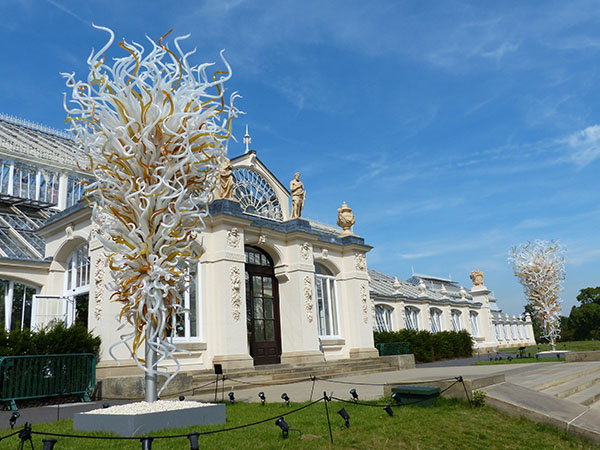










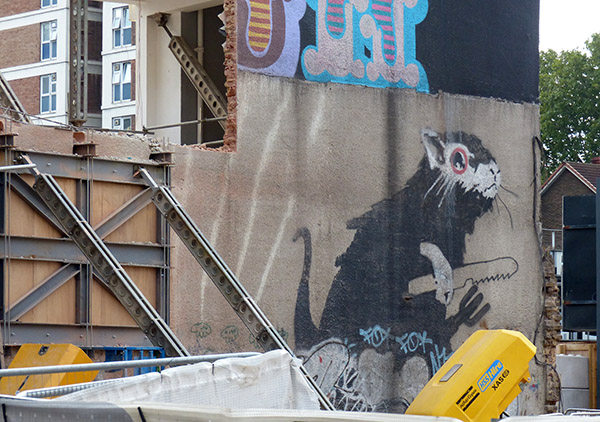



























































































































































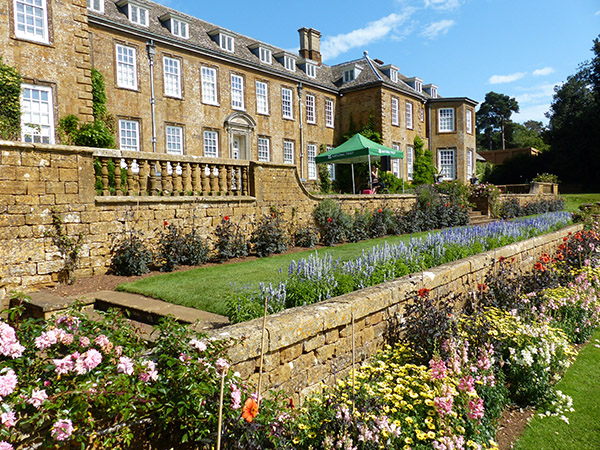

















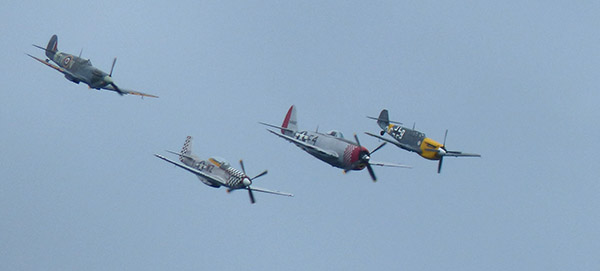
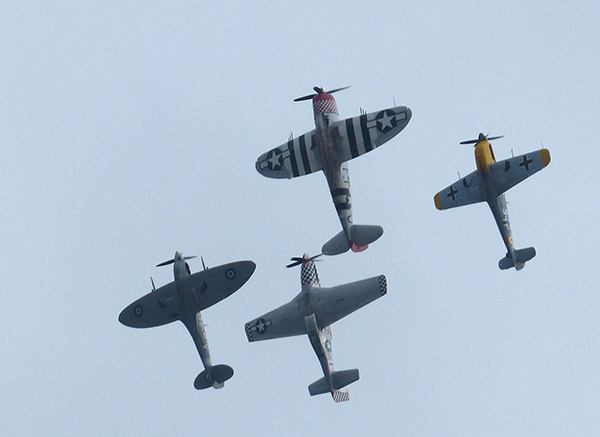
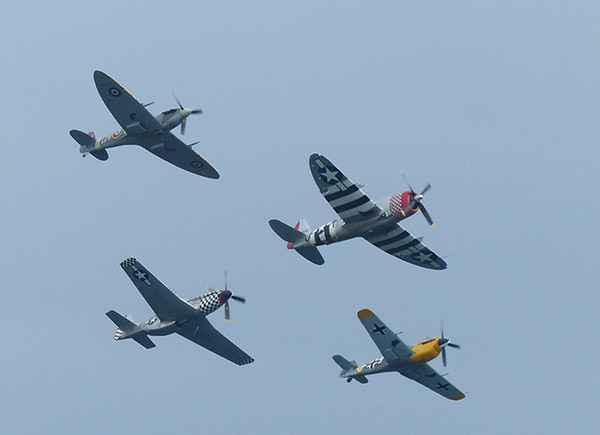
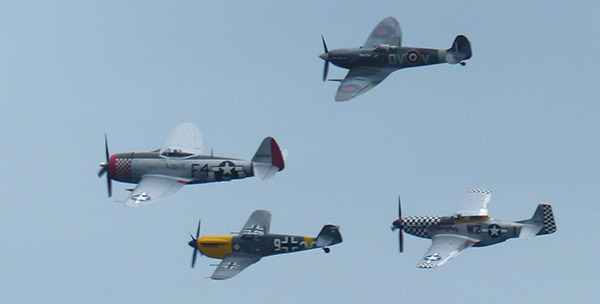


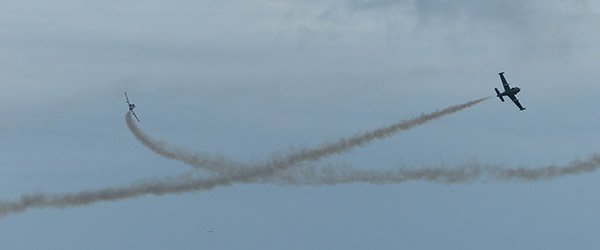



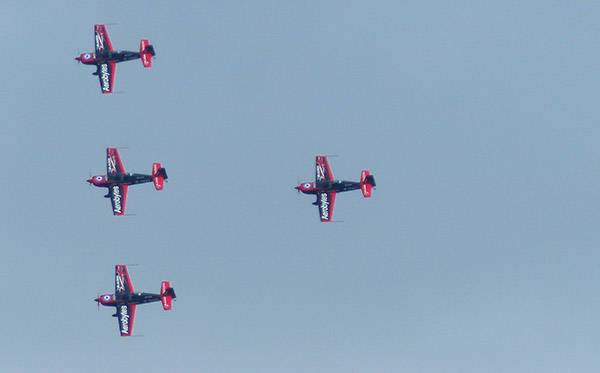



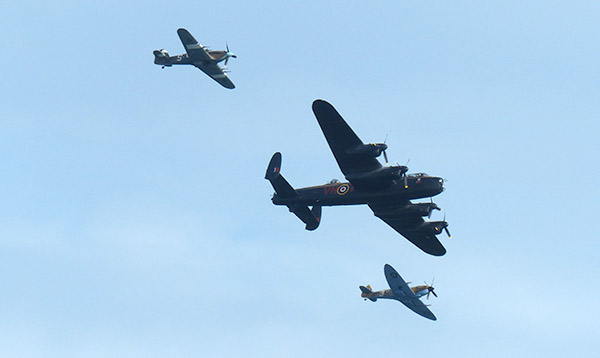
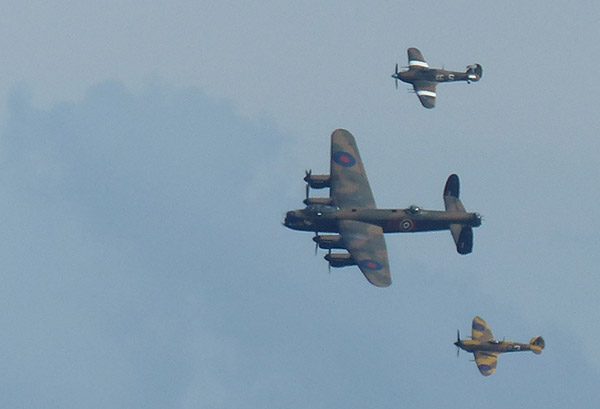







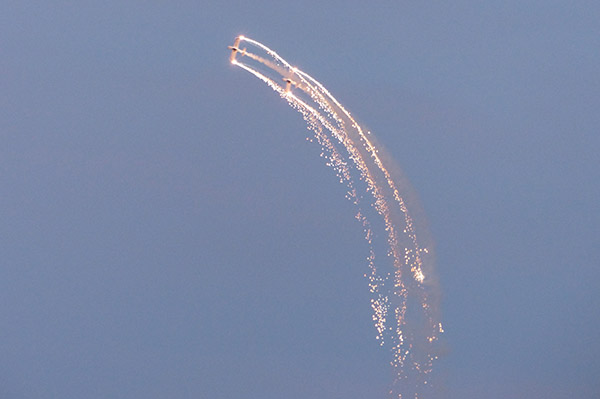
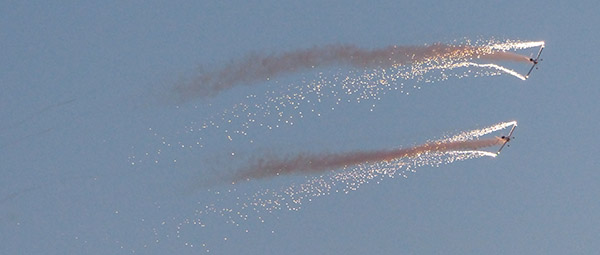

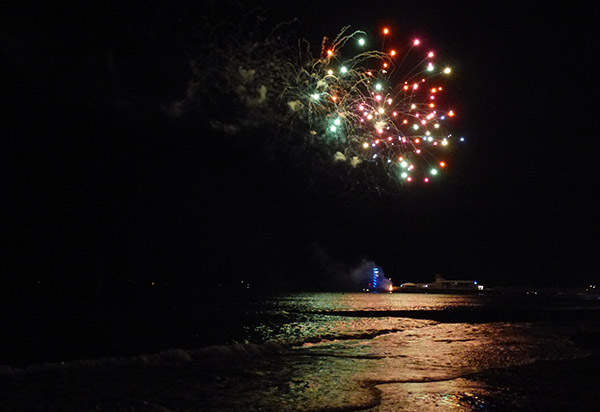
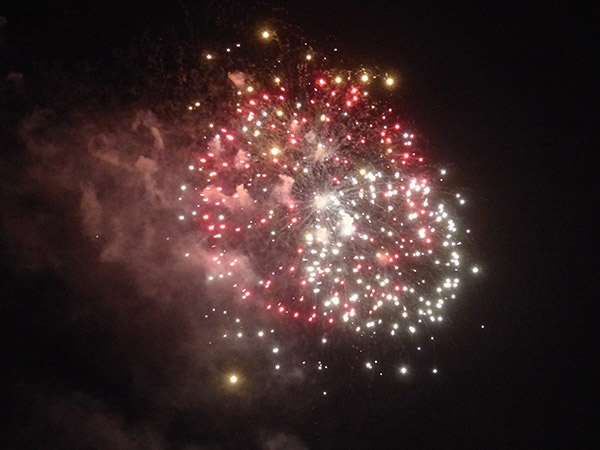
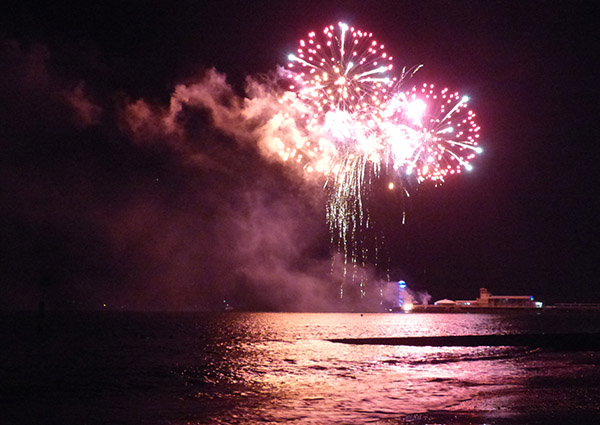
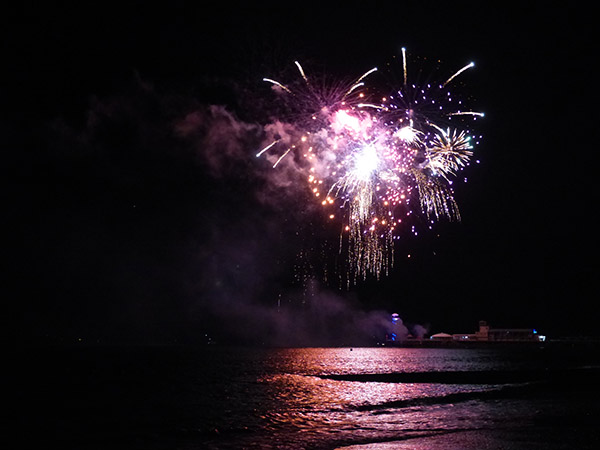

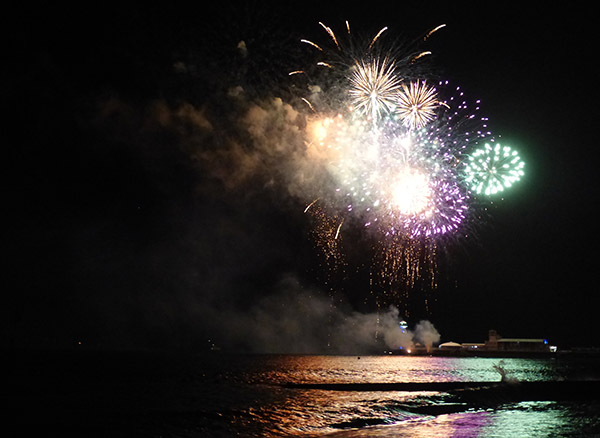





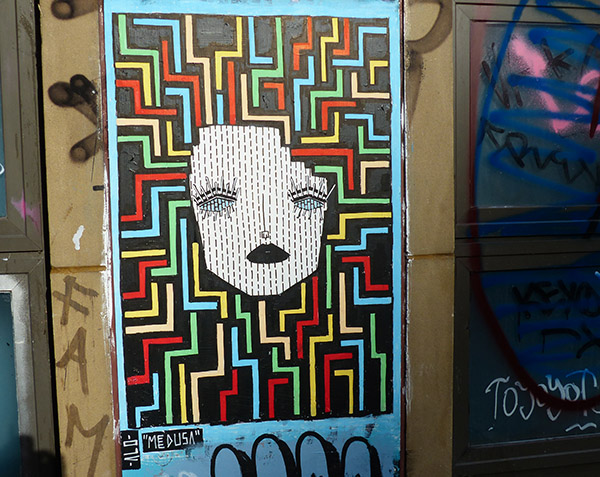
















































Recent Comments